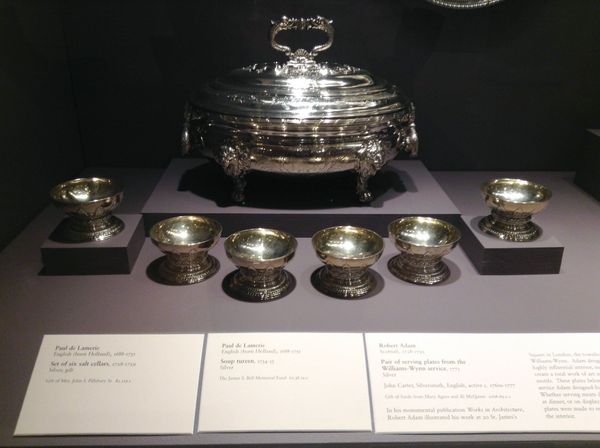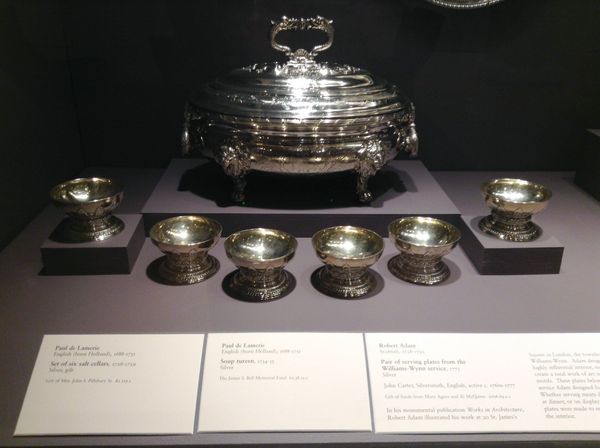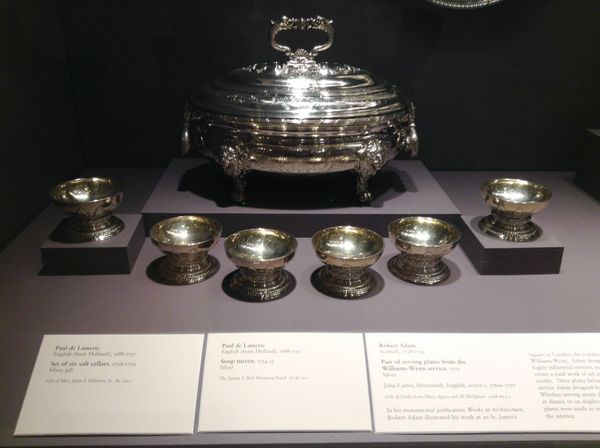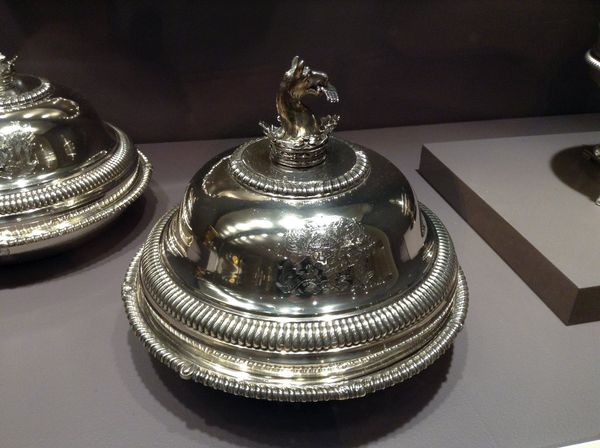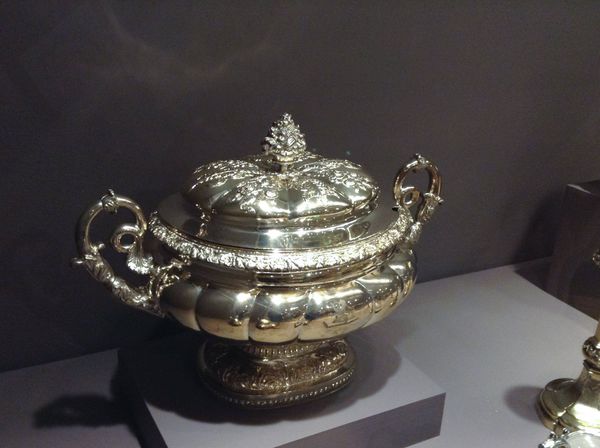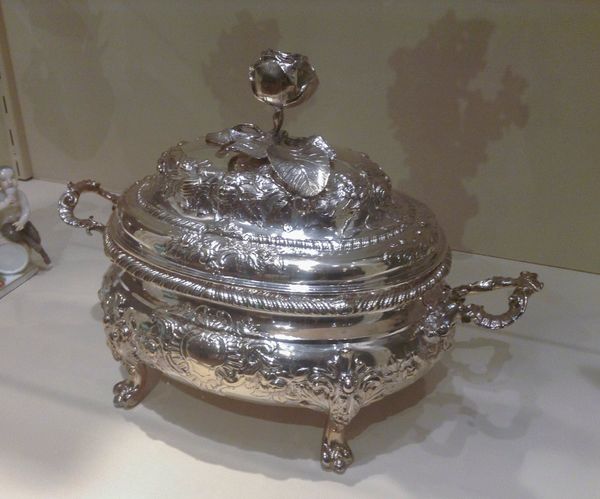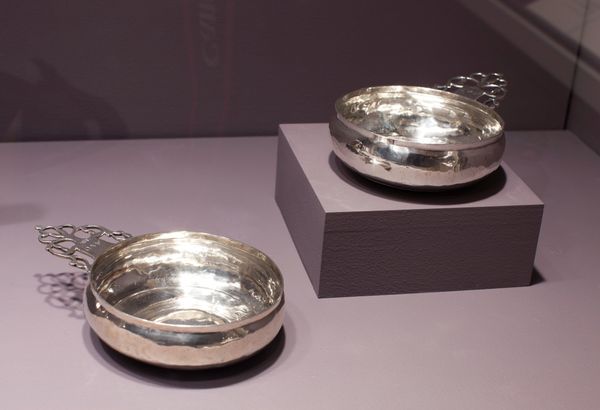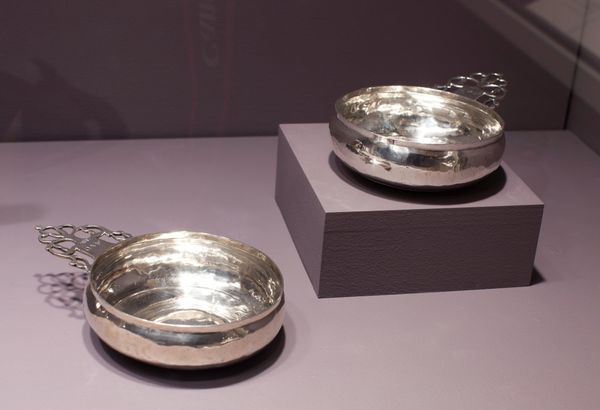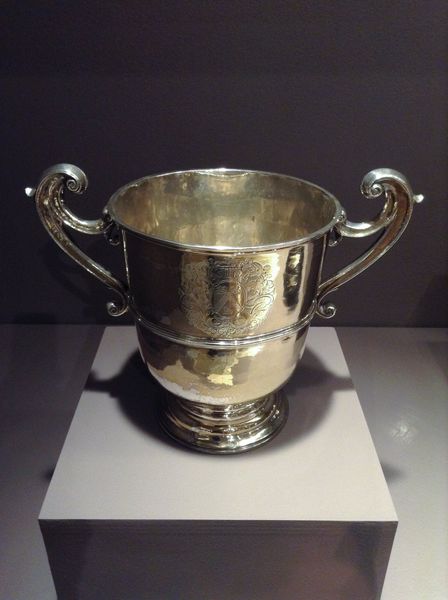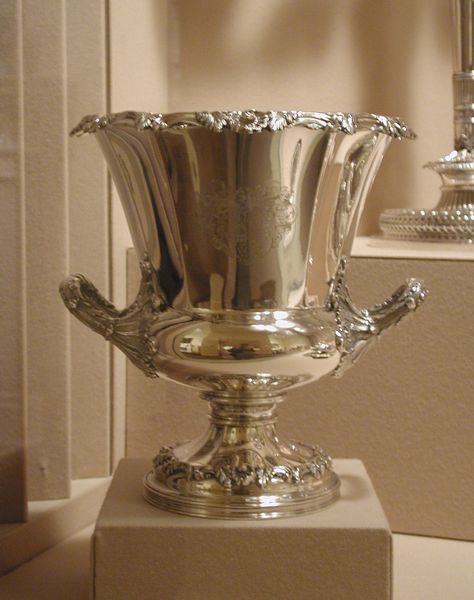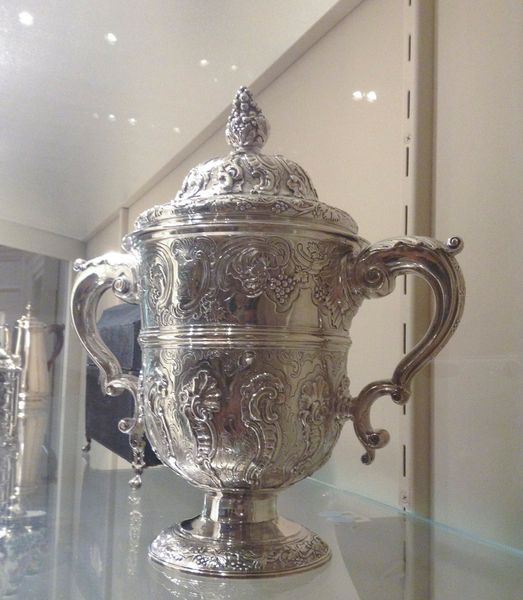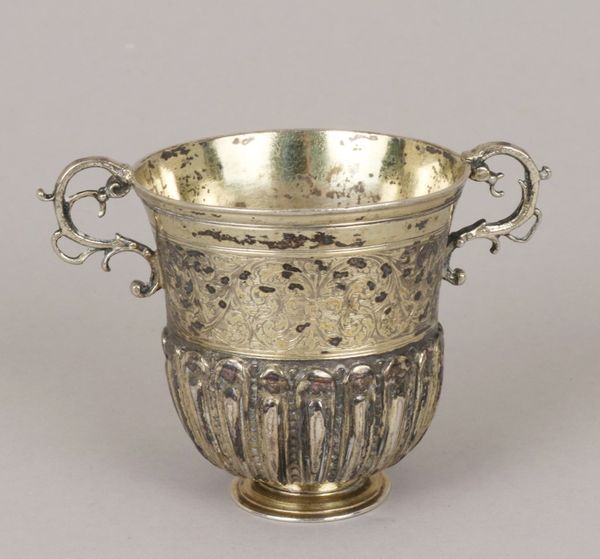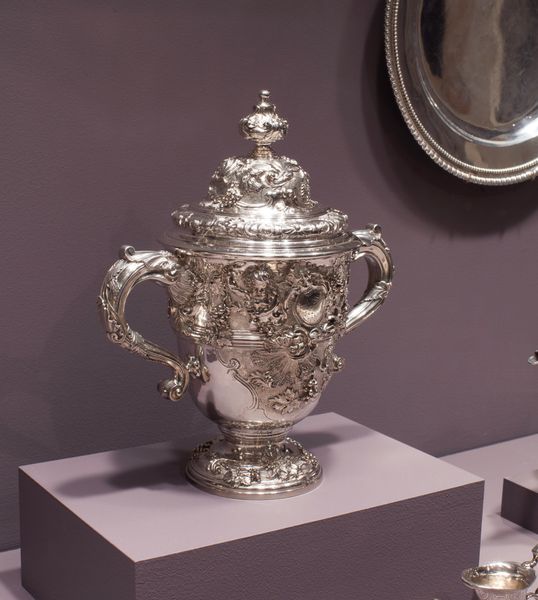
silver, sculpture
#
silver
#
sculpture
#
decorative-art
Dimensions: 2 3/16 x 3 1/2 x 3 1/2 in. (5.56 x 8.89 x 8.89 cm)
Copyright: Public Domain
Paul de Lamerie, a silversmith of Huguenot descent, crafted this set of six silver salt cellars in London between 1728 and 1729. These aren't just functional objects; they're potent symbols of wealth and social status. In 18th-century England, salt was a valuable commodity, and ornate silver pieces like these were displayed to signify the owner's refinement. Lamerie catered to an elite clientele, providing luxury goods that reflected the opulence of the Georgian era. England's growing empire and trade networks fueled a demand for such extravagant displays of wealth. To fully appreciate this work, one might delve into the patronage system of the time, examining the relationship between silversmiths and their aristocratic clients. Estate inventories, trade records, and genealogical research can all shed light on the social networks that shaped artistic production. These cellars offer a glimpse into the consumer culture of 18th-century England, reminding us that art is always embedded in its social and institutional context.
Comments
No comments
Be the first to comment and join the conversation on the ultimate creative platform.
